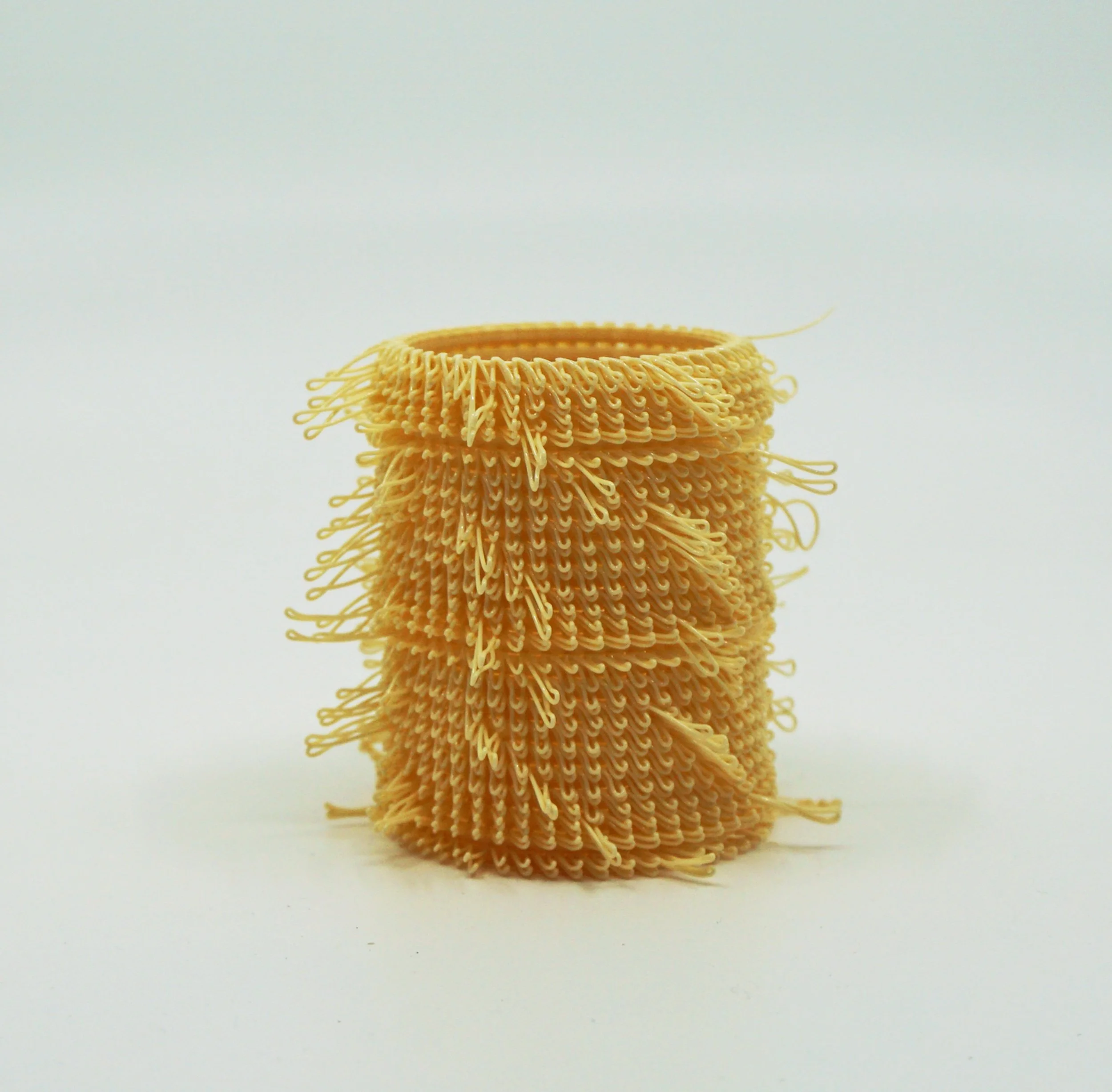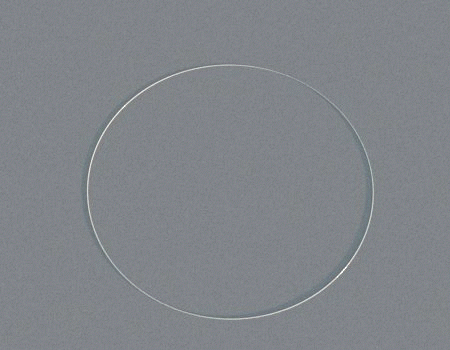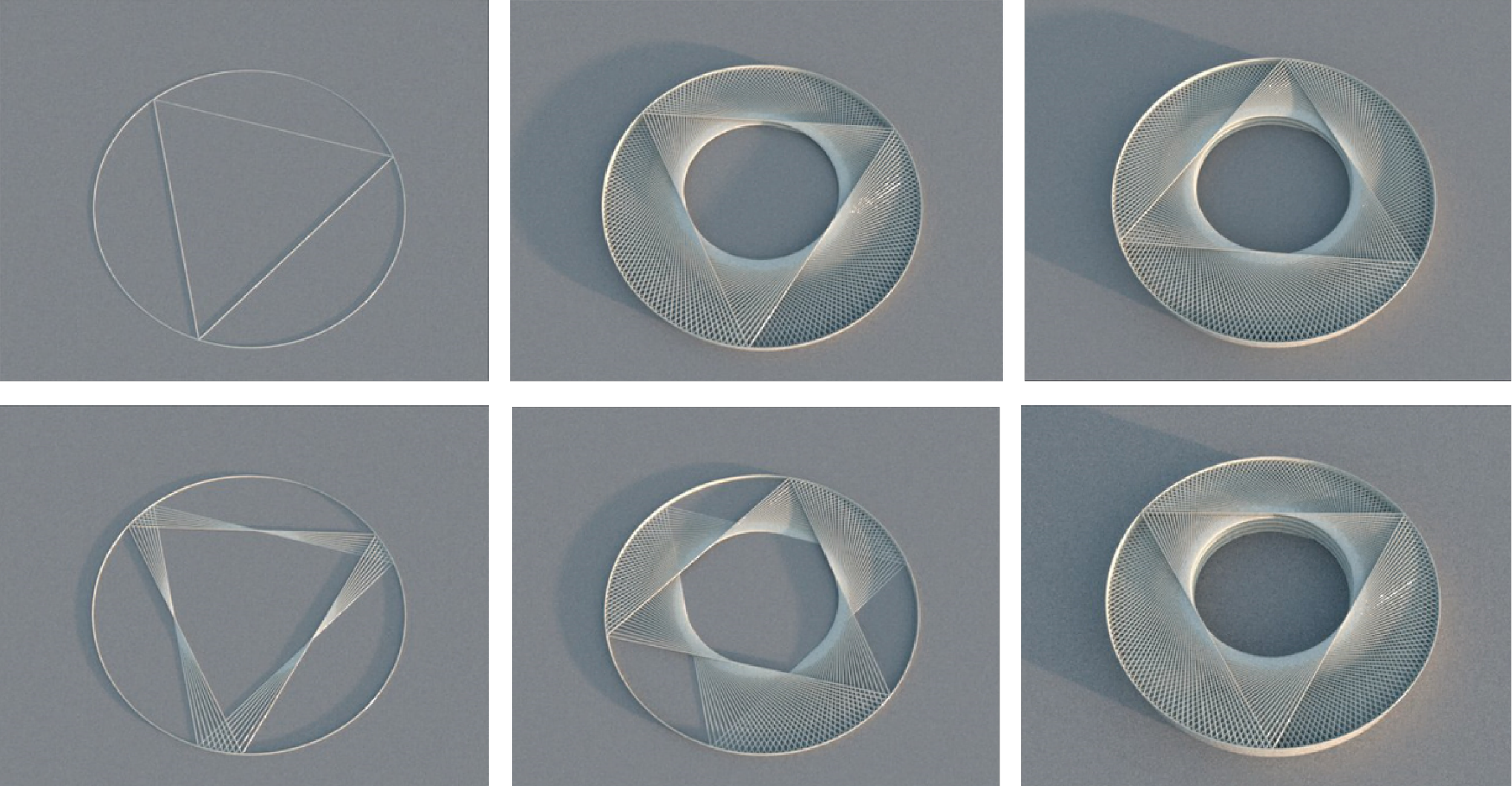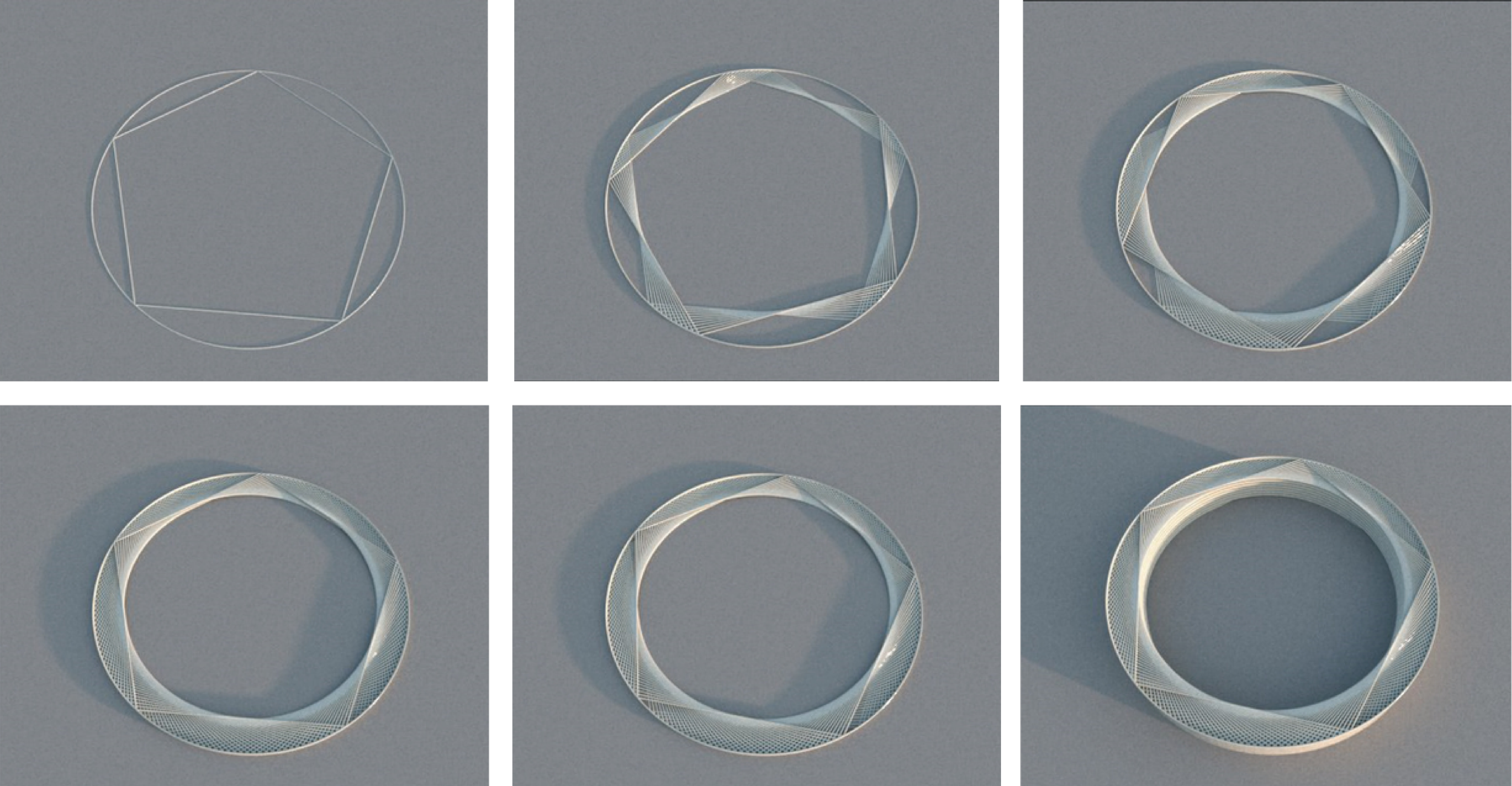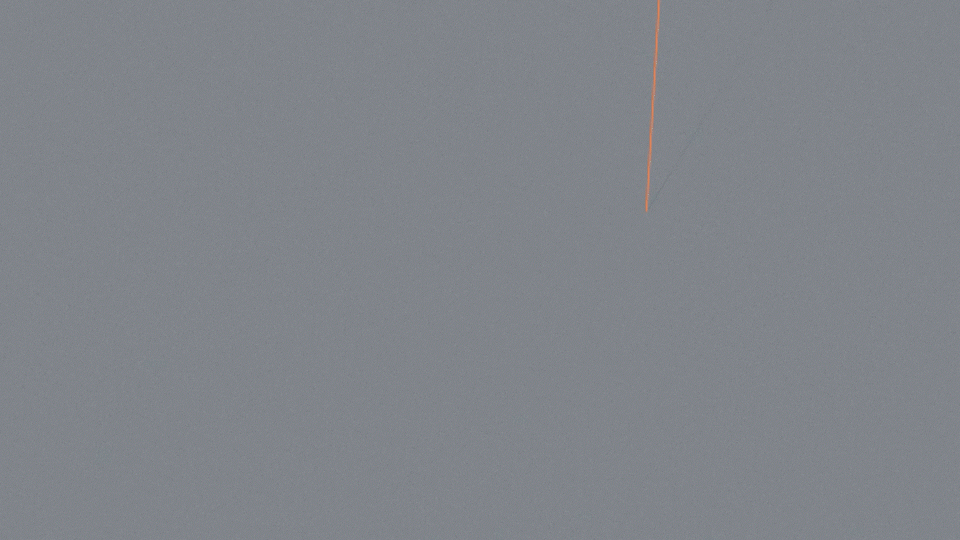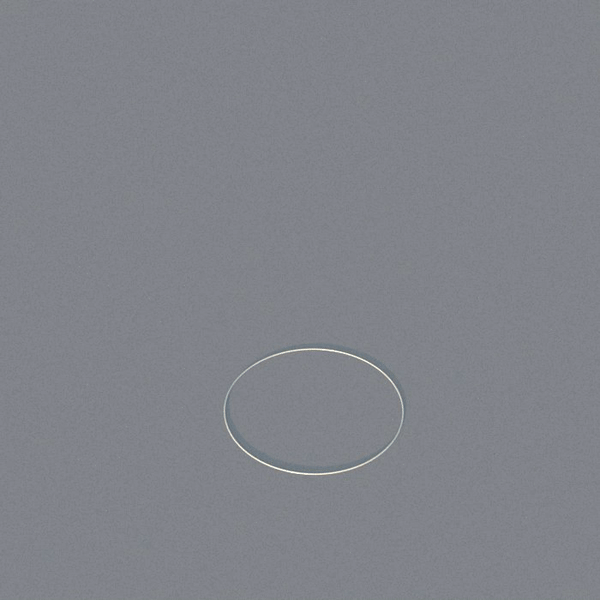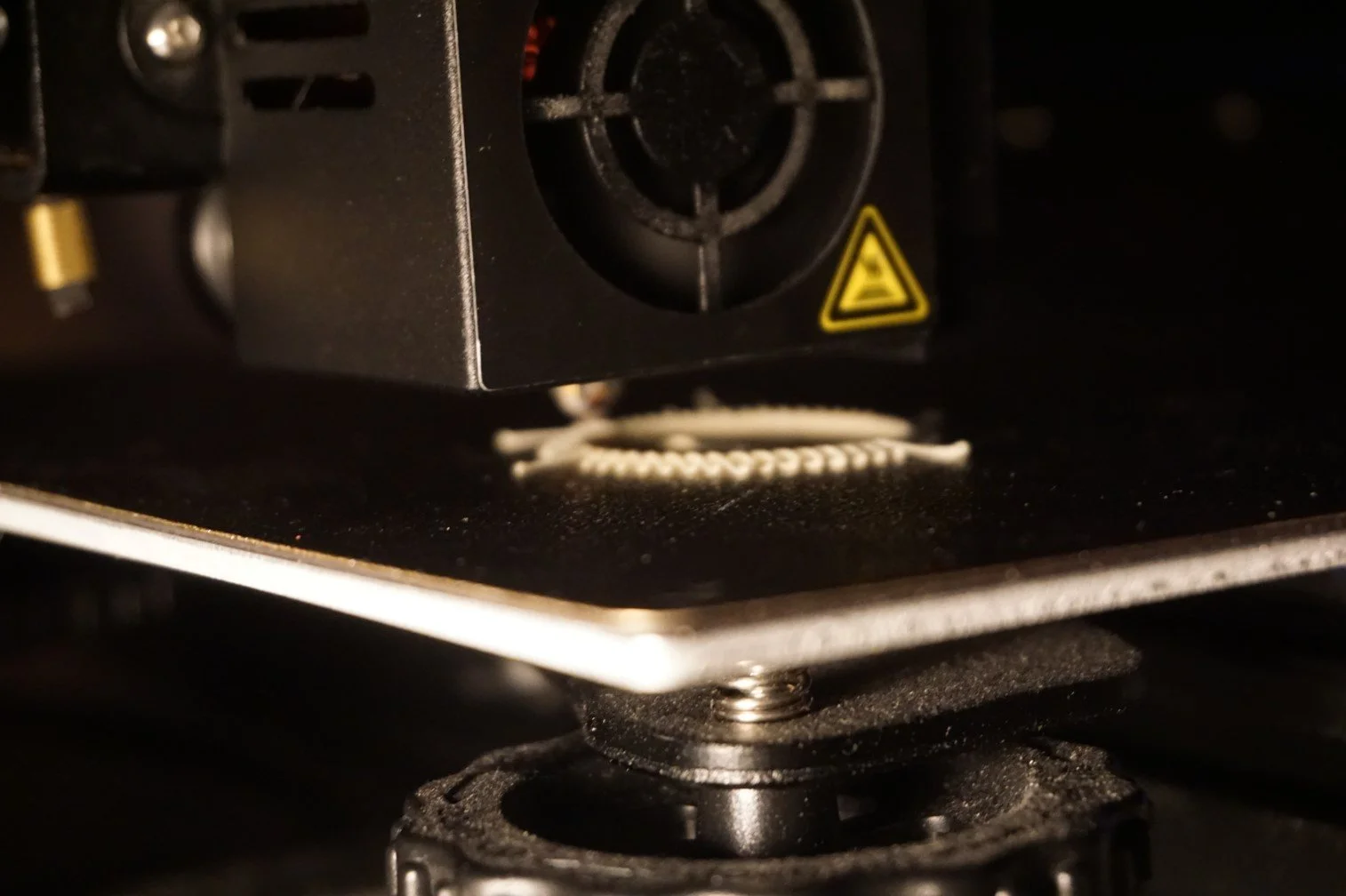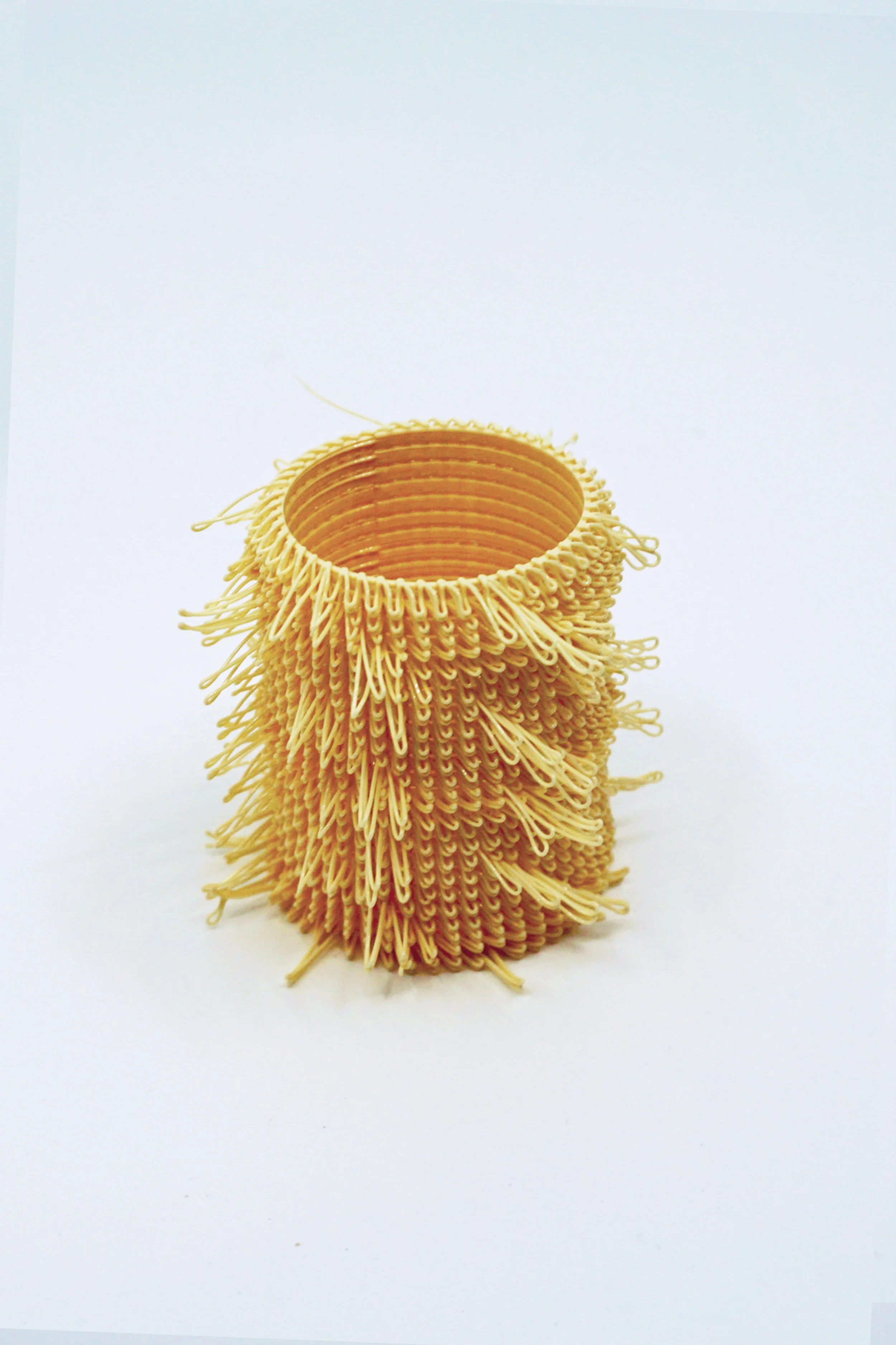Encoding The Machine
Inspired by the idea of message encoding into physical objects, we embarked upon a series of experiments where we manipulated machine codes to create 3D forms with embedded patterns.
Teammate:
Selin Dursun, Yuto Takenaka
Skills:
Grasshopper, 3D Printing, G-code
Part I: Encoding The Message
Each letter can be embodied through a unique weaving pattern along a circular periphery. The circular wall provides support for each layer of the shape to build upon one another. This is an ongoing investigation.
Part II: Encoding The Sound
We decided to embed sounds through this squiggly geometry. By assigning musical cords to specific positions along the circle, we were able to map the notes along the geometry of the cylinder. The points that corresponds to musical notes are offset to longer distance than the rest, thus creating an encryption of a song.
We decided to embed sounds through this squiggly geometry. By assigning musical cords to specific positions along the circle, we were able to map the notes along the geometry of the cylinder. The points that corresponds to musical notes are offset to longer distance than the rest, thus creating an encryption of a song.
This print is the outcome of the song “Twinkle twinkle little star”, where each note is encoded into a unique layer pattern. The 3D form is simulated through grasshopper.
Generate G-Code
Convert 3D curves (machine paths) into G-Code using a C# plugin.
Inspect G-Code
The G-code starts and ends with commands that set up machine settings, with coordinates for the tool paths.
G-code to Slicer
To validate the G-Code, it is imported into the slicer, where tool paths are examined for any errors.

